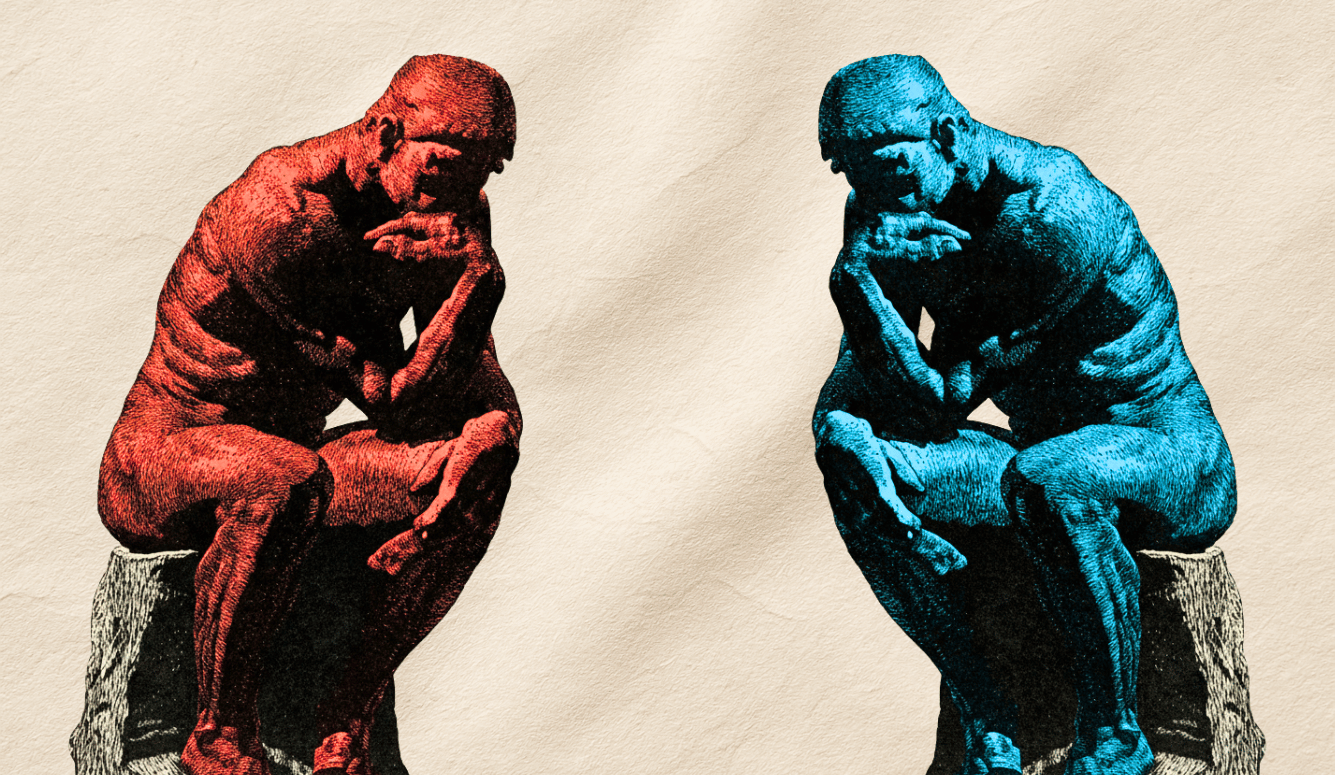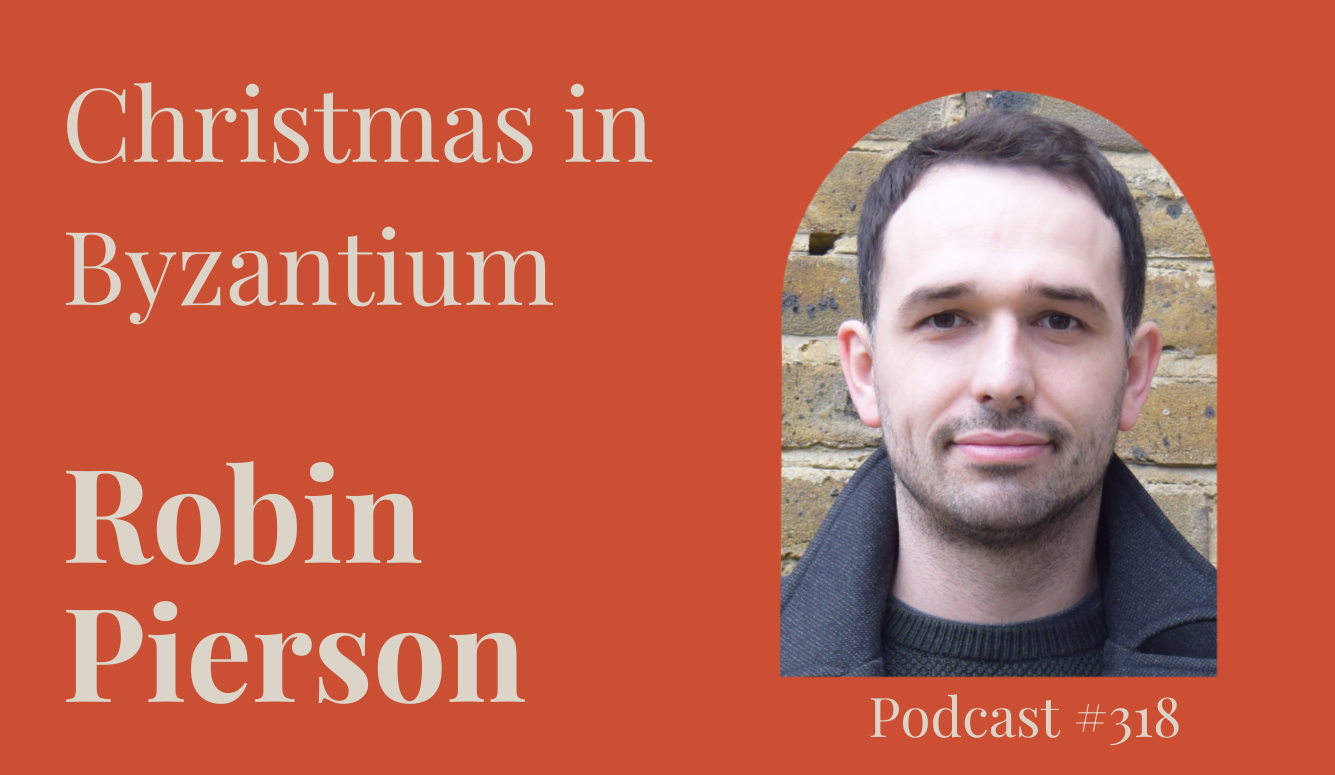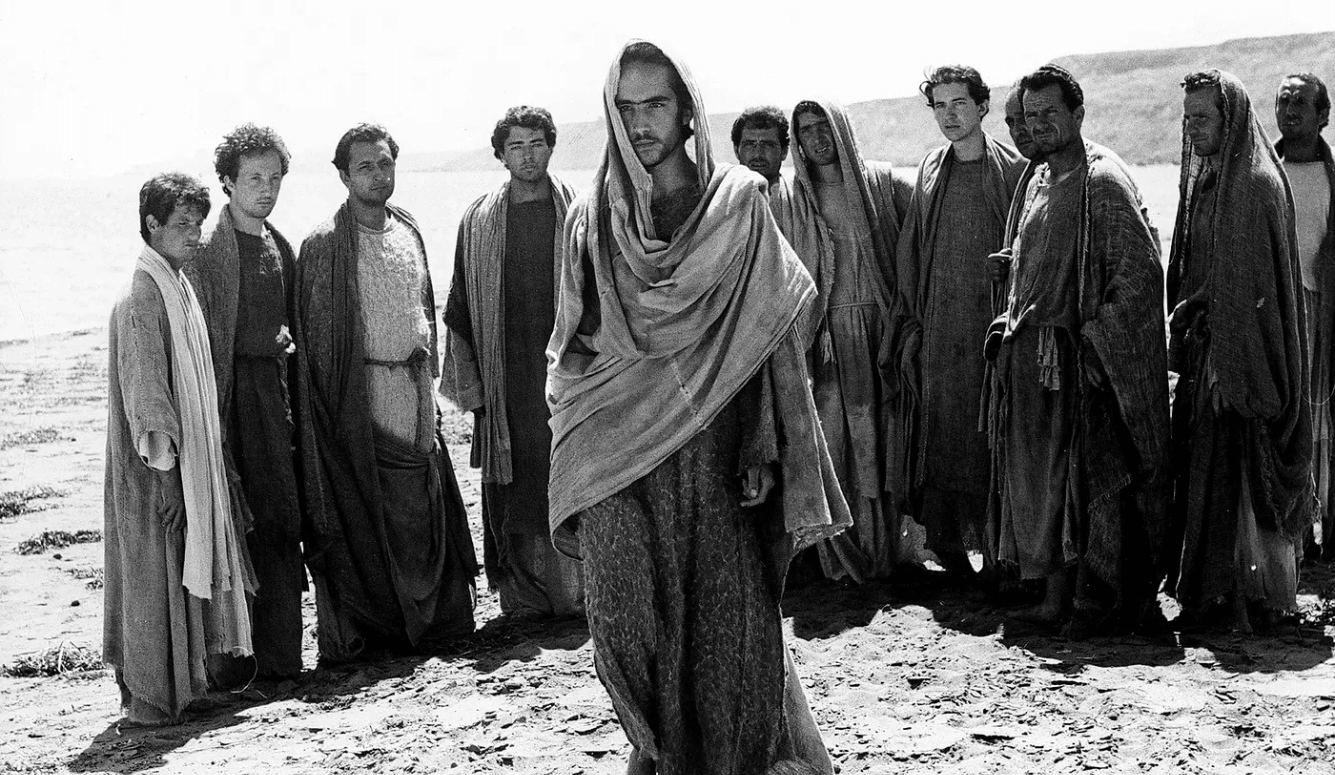Western civilization
The Ancient Roots of Western Self-Criticism
The West’s enduring success is rooted in its awareness of its own faults and constant striving to be better. Far from being a modern phenomenon, the tradition of Western self-criticism began with Homer.
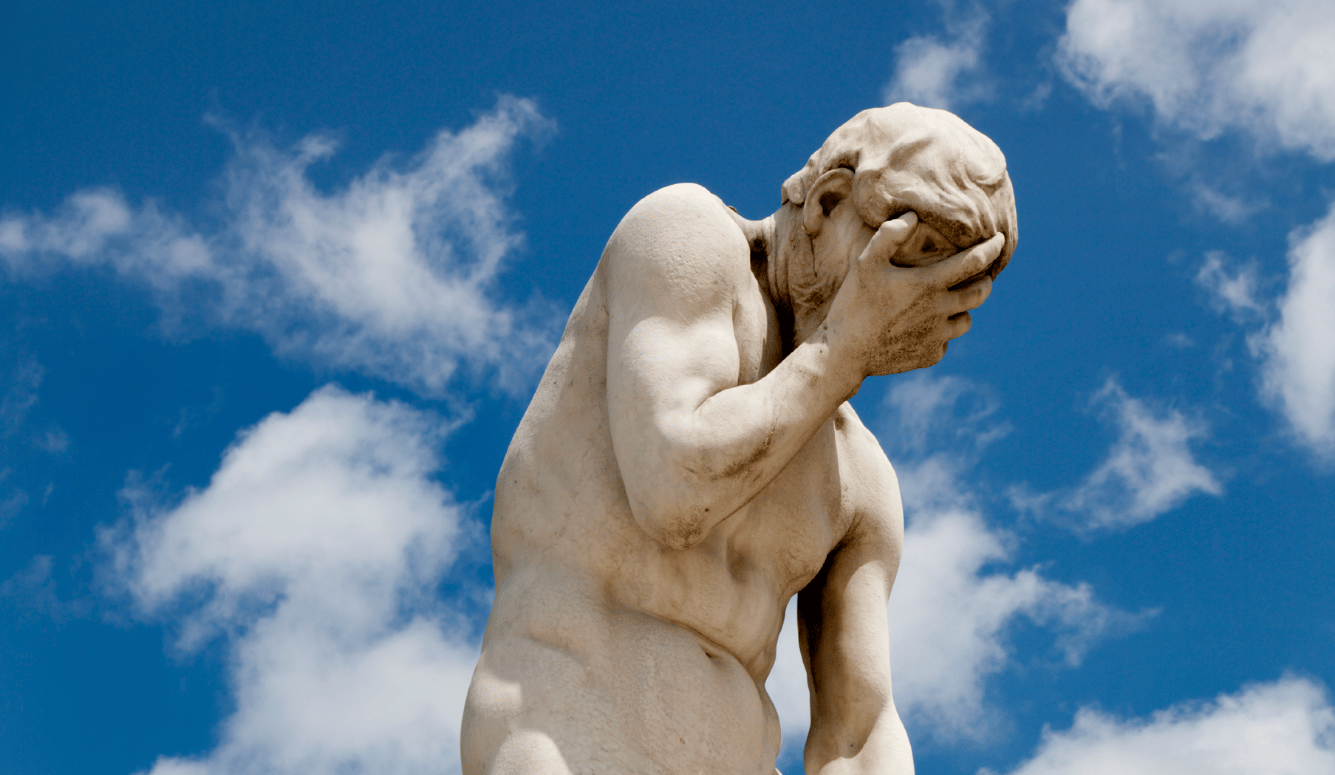
At a time when Western histories and societies face relentless internal scrutiny—accused of imperialism, cultural arrogance, decadence, and other failings—it is tempting to view this self-criticism as a modern malaise, a sign of weakness. Yet even a cursory look at the literature of ancient Greece and Rome reveals a different story: the West’s tendency to question itself, empathise with its enemies, and confront its own imperfections is not a recent phenomenon. It is age-old and unique. It may even be one of the main sources of Western strength. Far from undermining Western civilisation, this introspective tradition—evident in the works of Homer, Aeschylus, Sophocles, Euripides, Virgil, Tacitus, and others—has catalysed its resilience and moral progress. By holding a mirror to their own flaws and extending sympathy to adversaries, the ancients laid the groundwork for a culture built on self-correction and the pursuit of betterment—traits that continue to define the West’s success.
The ancient Greeks, whose city-states birthed and gave name to democracy, logic, ethics, geography, biology, aesthetics, economics, mathematics, astronomy, physics, history, politics, and philosophy, were no strangers to self-examination, even in times of war. Homer’s Iliad—a foundational text of the Western literary canon, composed in the late eighth century BC—is a masterclass in humanising the enemy. While celebrating Greek heroism, Homer does not vilify the Trojans. Instead, he paints Hector, Troy’s greatest but ultimately doomed warrior, as a devoted husband and father whose heartbreaking farewell to his wife, Andromache, moves readers nearly 3,000 years later. Later, Achilles, the Greek champion, shares a moment of profound empathy with Priam, the Trojan king, as they weep together over their respective losses. This is not mere storytelling; it is a moral stance, urging Greeks to see their enemies as mirrors of themselves, subject to the same cruel fate. Such understanding reflects a culture unafraid to question the glorification of conquest and to seek understanding across battle lines.
This introspective spirit shines even brighter in Greek tragedy. Its best-known playwrights—Aeschylus, Sophocles, and Euripides—are generally rated, along with Shakespeare, as the greatest tragedians of all time; they used the stage to probe their society’s values. In fifth-century BC Athens, tragedies were performed before a mass audience in an open-air theatre at the annual festival of Dionysus, god of wine and fertility. When people today think of plays, they imagine small theatres with audiences whose average level of education and intelligence is much higher than that of the general population. Given the composition of Greek audiences, therefore, the adversarial nature of Attic tragedies—built around the agōn, a formal clash of characters and ideals that let spectators see moral and political questions tested through direct confrontation—is even more remarkable. Let us look at a few examples.
In 472 BC, just eight years after the Greeks repulsed the Persian invasion at Salamis, Aeschylus, reportedly a veteran of the Battle of Marathon, presided over the performance of his play The Persians. It is an extraordinary example of cultural humility. Rather than gloating over a defeated foe, Aeschylus sets his drama in the Persian court, giving voice to Queen Atossa’s grief and Xerxes’ humiliation. The chorus of Persian elders laments the loss of their youth—a universal cry that would resonate with any Athenian who had lost a son in battle. Aeschylus could have written a jingoistic paean to Greek superiority; instead, he penned a tragedy that invited his audience to mourn with their enemies, acknowledging the hubris that threatens all nations.
Sophocles, too, contributes to this tradition in Antigone (c. 441 BC), where the adolescent heroine’s defiance of King Creon’s edict to leave her brother Polynices unburied pits individual conscience against state authority. Polynices, branded a traitor, is the “enemy,” yet Antigone’s loyalty to him is portrayed as noble, and Creon’s eventual regret reveals the folly of his rigid rule. The play’s sympathy for those who challenge the state reflects a Greek willingness to question authority and empathise with outcasts—a precursor to modern debates about justice and dissent.
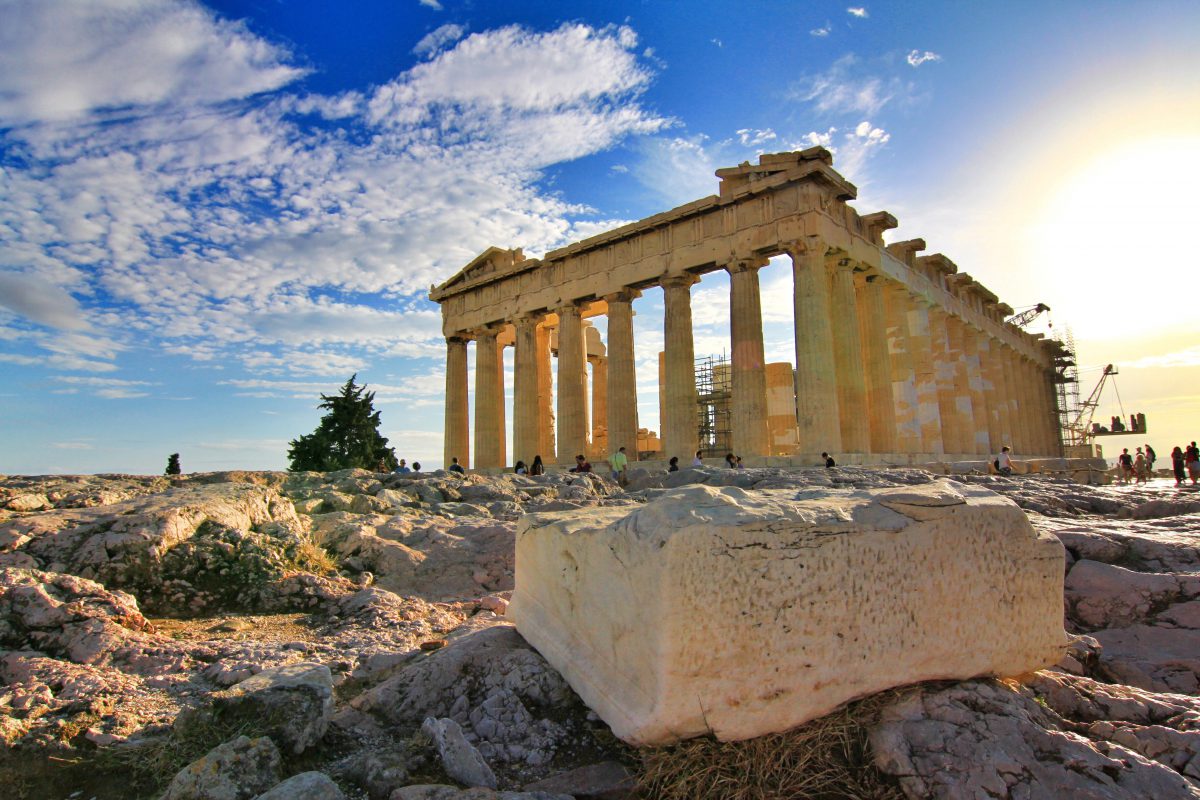
Finally, we come to the truly remarkable case of Euripides. In Hecuba (424 BC), Trojan Women (415 BC), and Andromache (date disputed), the playwright portrays the savage cruelty inflicted by victorious Greeks on the Trojan women they enslaved. In front of a mass audience—a significant share of which consisted of highly patriarchal Greek men—Euripides bemoans the horrific fate of enemy slave women at the hands of Greek men. By giving voice to the defeated, he challenges the moral certainty of conquest, urging his audience to see their enemies as victims of the same forces that could one day destroy Athens. These plays are not just art; they are acts of cultural self-criticism, exposing the flaws of Greek society—xenophobia, misogyny, hubris, cruelty—while affirming the humanity of those it deemed enemies. How modern.
The Romans were great innovators in jurisprudence, administration, engineering, logistics, urban planning, and politics, bequeathing to the world such words as republic, liberty, and legal—concepts they valued highly. Culturally, however, they were greatly beholden to the Greeks. Virgil’s Aeneid (19 BC) is both a national epic and, by consensus, the greatest work of Latin literature. It narrates how, after the Trojan War, the Trojan prince Aeneas led the remnants of his people to Latium, where they intermarried with the native Italians to become the ancestors of the Romans. The epic’s high point is Aeneas’ interaction with Dido, queen of Rome’s archenemy Carthage. They have an affair, he leaves, and she commits suicide. Her curse on the departing Aeneas foreshadows Carthage’s enmity, yet Virgil portrays her as a noble, broken figure—not a villain. In fact, Virgil focused readers’ attention on Dido so completely that she became the heroine of the Aeneid. In the early fifth century AD, Macrobius, a Roman provincial author, observed, “The story of Dido in love … flies through the attention of everyone to such an extent that painters, sculptors, and embroiderers use this subject as if there were no other … that she committed suicide in order not to endure dishonour.” Virgil’s Carthaginian queen remained the heroine of poetry (Chaucer’s Legend of Good Women), tragedy (Marlowe’s Dido, Queen of Carthage), and opera (Purcell’s Dido and Aeneas).
Tacitus, the greatest Roman historian, was also a senator, praetor, suffect consul, and proconsular governor of the province of Asia. In other words, he was at the very centre of the imperial establishment. Tacitus wrote Agricola (c. AD 98) to honour his eponymous father-in-law by recounting how the latter solidified Roman control over what is now England and Wales. Nevertheless, Tacitus attributes to Agricola’s enemy, the British chieftain Calgacus, a powerful denunciation of the Roman Empire: “Plunder, slaughter, rapine they call by the false name of empire, and where they make a desert, they call it peace.” With that almost certainly invented statement, Tacitus undermined the proudest Roman boast—that empire brought peace (see Aeneid 6.852–53; the Pax Romana; and the Emperor Augustus’ Altar of Peace). Similarly, in Germania (c. AD 98), Tacitus idealises the Germanic tribes’ simplicity and courage, contrasting them with Rome’s supposed decadence. By praising Rome’s enemies, he holds a mirror to what he sees as his own society’s moral decline.
Finally, Lucan’s Pharsalia (c. AD 61–65), an epic of Rome’s civil war, mourns Pompey Magnus, Caesar’s rival, as a tragic figure fighting for the Republic’s lost ideals. His murder in Egypt, lamented by Lucan, evokes sympathy for a defeated enemy whose loss marks Rome’s slide into autocracy. Writing under Emperor Nero, Lucan uses Pompey’s fate to critique tyranny, showing how sympathy for an enemy can serve as a veiled rebuke of one’s own rulers.
The ancient Greeks and Romans waged wars, built empires, and committed atrocities. Yet their literature reveals a unique capacity to question those actions, to see the humanity in their adversaries, and to strive for moral improvement. This mindset formed a cornerstone of Western resilience—a culture that thrives on self-criticism, not self-congratulation, a culture that is alert to its faults and resolute in correcting them. To quote Arthur Schlesinger Jr.’s The Disuniting of America: “No doubt Europe has done terrible things, not least to itself. But what culture has not? … There remains a crucial difference between the Western tradition and the others. The crimes of the West have produced their own antibodies. They have provoked great movements to end slavery, to raise the status of women, to abolish torture, to combat racism, to defend freedom of inquiry.”
Western self-criticism, then, is not new. What is new is the apparent imbalance between recognising Western shortcomings on the one hand and appreciating the West’s magnificent bequests to humanity on the other. That should not be surprising, given that the commanding heights of Western culture—universities, museums, galleries, and theatres—have become dominated by a motley crew of Marxists, Frankfurt-schoolers, post-structuralists, deconstructionists, postcolonialists, de-colonialists and critical race theorists. Despondency over the future of the West, however, would be an over-reaction.
In 184 BC, amidst worry about Rome’s decline, Cato the Elder won the election as Censor on a platform of a “great purification,” in which he aimed to “cut and sear … the hydra-like luxury and effeminacy of the time.” At that point, Rome controlled Italy, Corsica, southern Spain, and small parts of the Dalmatian Coast. Yet, Rome proceeded to grow and would not reach its maximum territorial extent as well as the period of its greatest prosperity and tranquility until three centuries later, under the Nerva-Antonine Dynasty. It would take another three and a half centuries before the Western Empire disintegrated in AD 476.
Its eastern half survived under the leadership of rulers whose title was “Basileus ton Romaion” (King of the Romans) until the fall of Constantinople in 1453—some 1,600 years after Cato expressed his concern over Rome’s future. Paying homage to the Byzantine custom, Sultan Mehmed II declared himself “Kayser-i Rum” (Caesar of the Romans). By that time, Western Europe was on the mend. The Renaissance was in full swing, and in 1492, Columbus sailed for the New World. The stage was set for the Scientific Revolution, followed by the Enlightenment, the Industrial Revolution, and a half-millennium-long Western preeminence that transformed the globe—largely for the better. The revolutions that originated in Europe brought to all the peoples of the world greater knowledge, prosperity, and control over nature than anyone could previously have imagined possible. Let us, by all means, continue the tradition of self-doubt and self-criticism that have characterised Western civilisation from its beginning. However, now that the West has come under sustained and vitriolic attack from without and within, perhaps we should balance that self-criticism with recognition of Western civilisation’s unmatched contributions to human wellbeing and progress.

